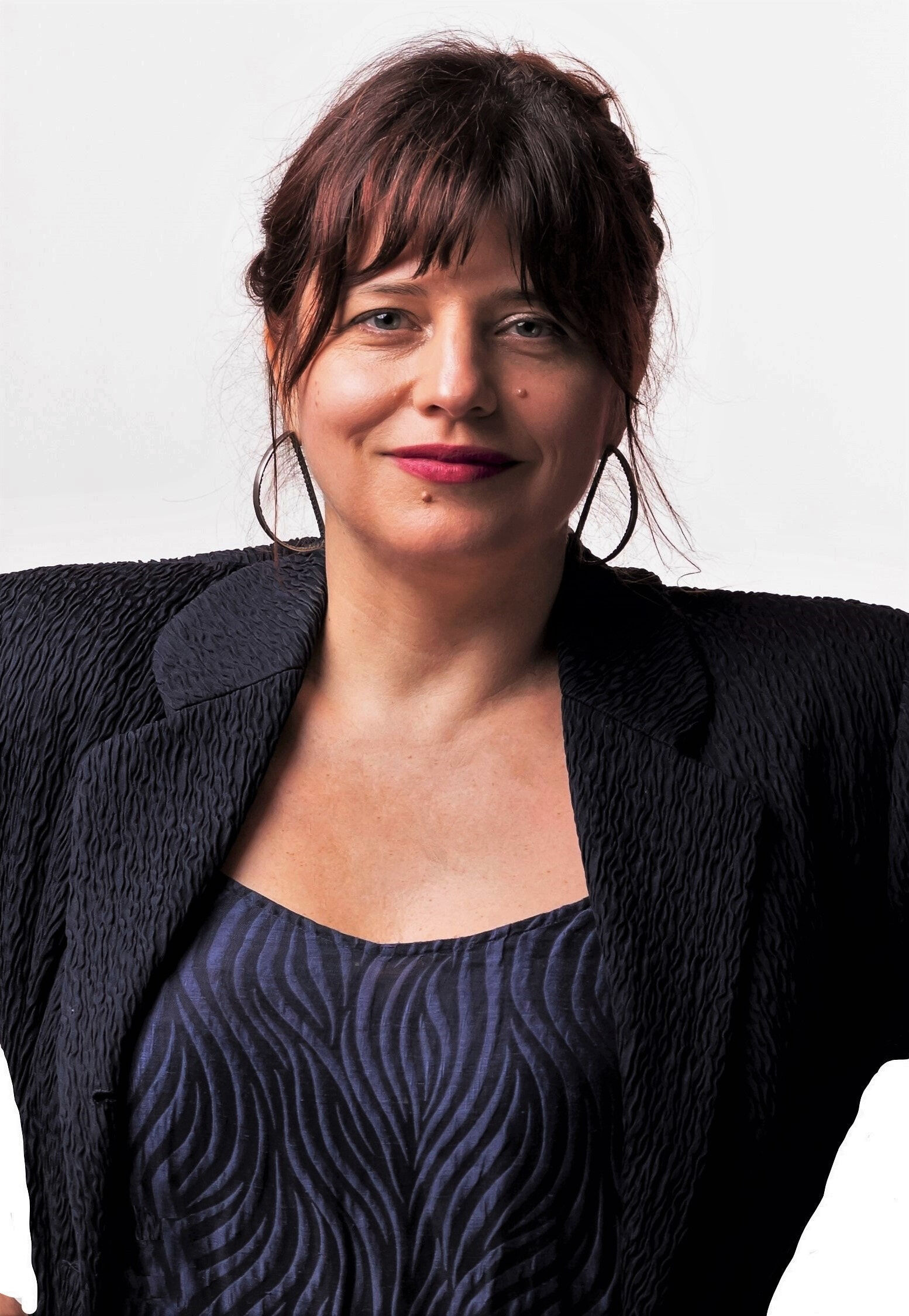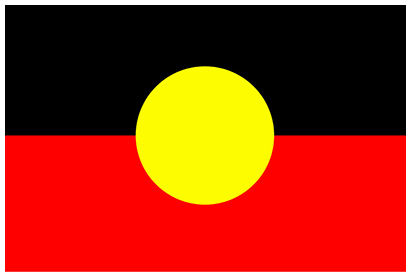REGISTRAR
Professions in the Public Gallery Sector

victoria garton
Registrar - Exhibitions and Loans
Art Gallery of Ballarat
Date: August 2022
Registrar
Registrar: The Registrar ensures objects in the collection are conserved, tracked and appropriately registered. They oversee internal and external loans of objects in the collection. They lead
documentation, cataloguing and storage of the collection and its online presence.
For information about roles within public galleries see the PGAV Fact Sheet: Staffing Levels & Position Titles
How did you get started in your career and what formal qualifications or experience do you have?
After starting out in Archaeology and deciding it wasn’t the right fit, I returned to university to complete a Double Major with Honours in Art History, which was the closest course to museum studies available in Brisbane at that time. My first industry job was volunteering at the Queensland Art Gallery as a Collection Assistant, which I parlayed into a paid position as Curatorial and Collection Assistant at the Ipswich Art Gallery. It transpired that my tasks (and preferences) were more aligned to those of a Registrar than a Curator, so my title was changed to Assistant Registrar. A few years later I relocated to Melbourne where I joined the National Gallery of Victoria’s Registration Department. There I remained for 12 years holding positions specialising in locations, loans, and exhibitions - culminating in 6 years as the Senior Registrar (Exhibitions) at NGV Australia. The NGV provided me with amazing opportunities and a very broad range of Registration experience, however it was also an extremely fast paced and demanding work environment. My personal life was an increasing priority at that time so the decision to move to a part time role as Registrar at the City of Melbourne provided me with the work life balance needed to relocate to regional Victoria and start a family. With our son in school and having grown weary of the long commute to Melbourne the opportunity to return to full time work in Ballarat came at just the right time.
What does your role as Registrar encompass?
In mid-2021 I took up my current role as Registrar, Exhibitions and Loans at the Art Gallery of Ballarat. Prior to my appointment the role had incorporated exhibition, loans and collection management responsibilities, however the scale of the job had far outgrown the capacity of one person to manage it. A Collection Manager role was created to ensure that essential collection care was no longer competing with display project deadlines and, as my title suggests, the Registrar role is now dedicated to the management of our exhibitions and loans programs. In this capacity I manage a team of 7 staff comprised of an Installation and Facility Coordinator and casual Art Handlers to deliver our busy schedule of local, interstate, and international exhibitions and loans. It’s stimulating work with a preeminent art collection and talented and dedicated co-workers, so I feel very privileged to be here.
What knowledge and skills do you think are most needed for this role?
Aside from a solid understanding of art management and logistics there is no substitute for the industry knowledge and contacts that come from working in a range of public gallery and museum environments over many years. The expertise I have garnered from previous positions specialising in exhibition, loans and collection management is all essential in my current role. Organizational and project management skills are vital – particularly an ability to communicate well and manage relationships. Exhibitions are a juggling act, so you need to be able to work flexibly, problem solve and keep a cool head under pressure. A good visual memory, spatial skills, attention to detail and tenacity are also important.
What is one of the strangest things you’ve had to do in your role?
Anyone who has been involved in managing contemporary art exhibitions will find it difficult to choose just one! I laugh to think of some of the things I was tasked with getting up to the temporary exhibition spaces on the top floor of NGV Australia – such as a Mini Minor and a full-sized tree (which I had first transported from a Tasmanian apple orchard prior to de-bugging in the loading bay). Speaking of bugs - on more than one occasion I’ve found myself responsible for tending to live art works comprised of plants insects and plants in gallery environments – with varying degrees of success. Doing airport supervisions for international loans on freighter aircraft has offered some surreal moments queuing oversized artwork crates alongside other special cargo like formula one cars and racing horses.
What is the most rewarding aspect of your role?
The whole process of pulling together an exhibition is the aspect of my role that I gain the most satisfaction from. I really enjoy working collaboratively with curators, designers, conservators, art handlers, lenders and a wide range of service providers to deliver high quality exhibitions safely and on time. I particularly enjoy the pointy end of the process when exhibitions staff are working to the line to finesse the presentation of a show. I love the energy and anticipation of the half hour before an exhibition finally opens, listening to the excited hum of patrons gathering to enjoy and hopefully be inspired and edified by the fruits of our labours.
What has been your career highlight so far?
Opportunities for travel and gaining access to rarely seen places rank among my career highlights. One particularly memorable instance of this occurred during a 3-month professional placement that I undertook in the registration department of the National Galleries of Scotland. I was there for the final months of preparations for a major Titian exhibition, and I acted as the courier for the collection of loans. We took the gallery truck all over Scotland gathering paintings from a series of unfailingly kind and down-to-earth proprietors of some of the most impressive private castles and grand houses in the country. I have had the honour of meeting more than one Scottish Lord in gumboots!
What are the key issues for public galleries in the future?
There will always be a tension between our mission to protect and conserve the objects we manage, and the significant environmental costs associated with our methods and the standards we uphold. However, it’s important that we never stop interrogating our practices regarding art storage, packing, transport, couriers, environmental controls, display methods and the like with the aim of seeking more sustainable solutions. Another key issue is the ever-growing collection storage crisis. When it comes to investing in public galleries the emphasis tends to be on the most visible and marketable aspects of the business – namely the building of bigger and better exhibition spaces and the acquisition of art works. Unfortunately, this is not often matched with a corresponding investment in and expansion of the storage facilities to support our collections and the specialist staff to manage them. Unchecked, this is an issue that will only become more acute over time and will have huge impacts on our operational budgets – particularly for those being forced to manage collections out of leased premises in remote locations.
The Public Galleries Association of Victoria (PGAV) acknowledges the Wurundjeri Woi-Wurrung people of the Kulin Nation as the Traditional Owners of the lands where our office is located, and all Traditional Owners of country throughout Victoria and Australia. We recognise Aboriginal and Torres Strait Islander peoples enduring traditions and continuing creative cultures. We pay our respect to Elders past, present and emerging.
We are an LGBTQIA+ friendly organisation that celebrates diversity. We are committed to providing safe, culturally appropriate, and inclusive services for all people, regardless of their ethnicity, faith, disability, sexuality, or gender identity.






